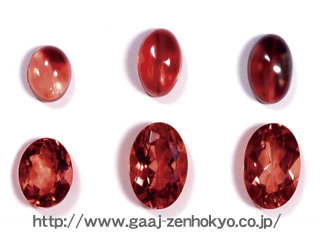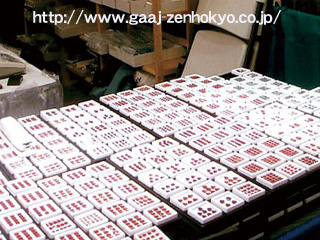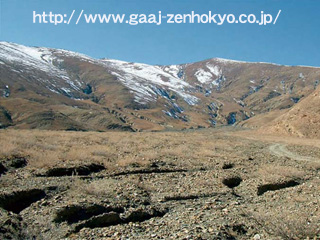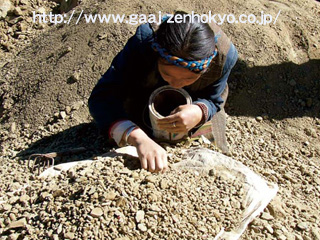| Research Lab. Report |
2008.12.29 |
|
| Study of andesine from Tibet and Inner Mongolia of China |
GAAJ-ZENHOKYO Laboratory
Dr. Ahmadjan Abduriyim |
|
Gemstone industry is now paying attention to the colour origin (whether it is natural or diffusion heat-treatment) and the authenticity of locality of andesine-labradorite, a variety of feldspar. The author investigated mines in Inner Mongolia of China and Tibet and confirmed that Gu Yang prefecture in Inner Mongolia only produces pale yellow andesine that was used for diffusion treatment while Tibet produces natural red andesine.
|
Gem quality labradorite occurs in Oregon state, of the United States for years. In 2002 red andesine - labradorite allegedly from Republic of Congo in Africa appeared in the gem market, this time with no report on its locality. In late 2005, red andesine called gTibeten Sunstoneh was supplied by Do Win Development Co. Ltd., Tianjin, China (Web site; Tibetansun.com), which announced that the material was from Nyima in middle Tibet. Then, in February 2007 at the Tucson Gem Show similar red andesine from Tibet called gLazasineh was released by King Star Co. Ltd, Hong Kong, China (fig-1). At the Tucson Gem Show in 2008 a large number of red andesine allegedly from China was for sale as an official gemstone of 2008 Summer Olympic Games in Beijing (fig-2). Such andesine above, claimed to be untreated and from Republic of Congo, Tibet or Mongolia, however, were suspected of being diffusion heat treated material by some people. From this background, the author investigated localities in Tibet and Inner Mongolia in the middle of October and early November 2008.
|
In October and November, the author visited two andesine deposits in the Chinese autonomous regions of Tibet and Inner Mongolia with several colleges, including the miners. Tibet andesine mine is 70 km south to the second biggest city in Tibet, Xigazế. It was 7 hours drive from Lhasa city to the mine that was at an elevation more that 4000 meters. The mining area was located near piedmont alluvial river bed, divided into north and south areas with distribution range of east-west 3-4 km and north-south 5-7 km, and mining was officially commenced in January 2006 under a supervision of Mr. Li Tong who owned the mine know (fig-3, 4). The mining work is done by hand mainly by local people of small families (fig-5, 6). Current mining site is restricted to a small limited area, and the mining is operated between April and November but it is closed in winter season. According to miners, red andesine reportedly occurred in this area in 1970s, and beaded red andesine appeared at the largest bazaar that was held in front of Jokhong Temple in Lhasa city in 2003.
|
|
|





